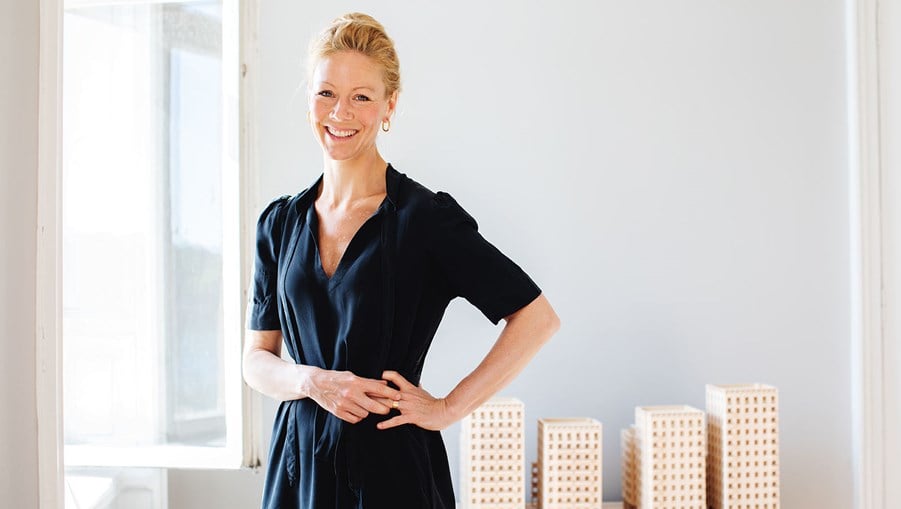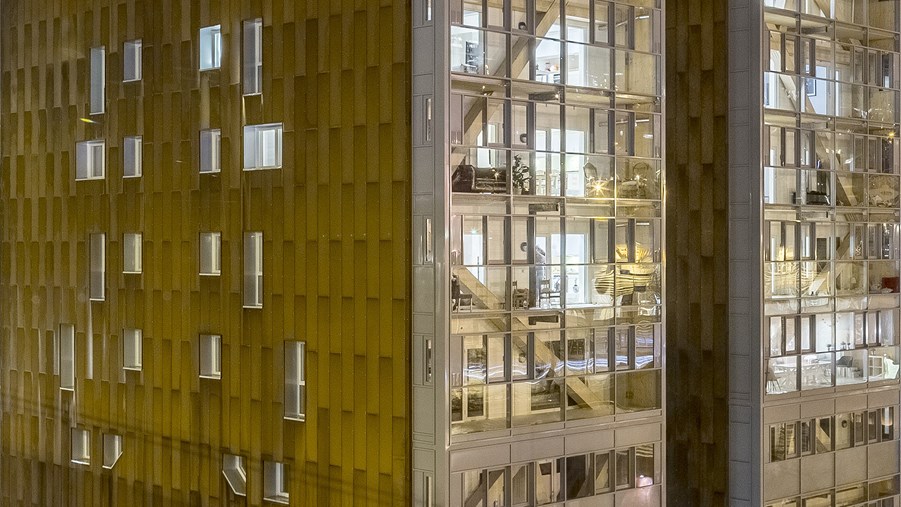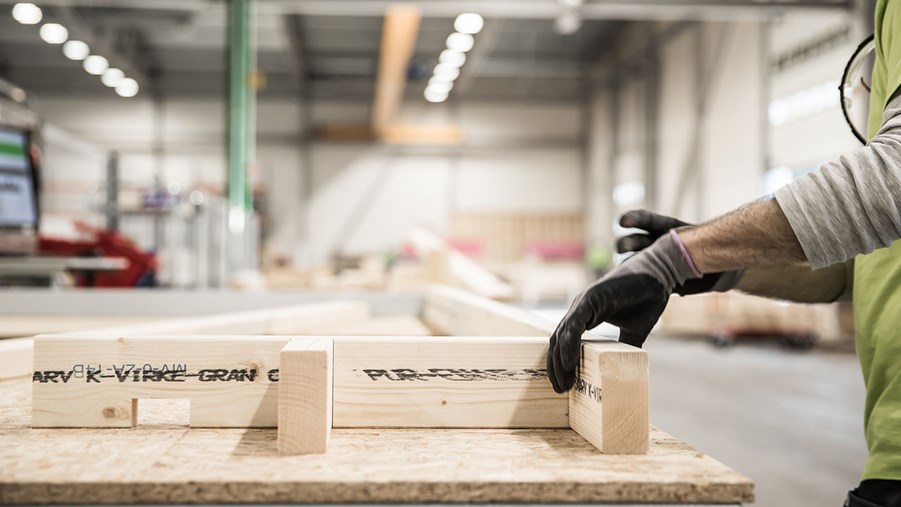Thinking about sustainability, recycling and circularity right from the design phase is driving the development of buildings, furniture and other products for a sustainable future. Research is also giving us new insights into the forest’s fantastic raw material. Here, we talk more about some of the most exciting wood projects happening in Sweden right now.
Using the forest brings greater climate benefits.
“I wanted to take the idea of wood’s potential to a whole new level. All sorts of innovations could help with the transition away from fossil-based materials. In Sweden we are surrounded by forest, so it’s only logical to use what we have around us. Wood is an entirely renewable material that nature has refined over eons, something that synthetic materials can never compete with,” states researcher Céline Montanari, who is involved in the development of transparent wood – a material with a 100% eco-friendly production process – at the Wallenberg Wood Science Center in Stockholm, Sweden.
Did you know that one of the world’s tallest wooden buildings towers over Skellefteå in northern Sweden? Built using wood from local forests, the centre combines the city’s timber building tradition with the very latest engineering know-how, making the project a trailblazer in sustainable design and construction. Over its lifetime, Sara Cultural Centre is expected to store away 9,000 tonnes of carbon dioxide.
“Wood is not just good from a sustainability perspective – it also gives a wonderful feeling. The light and the interior are warmer and loud noises are softened,” says Therese Kreisel of Skellefteå Municipality.
As attacks by the spruce bark beetle increase, there is a risk of damaged wood going to waste. But Simon Mattisson, a student at Beckmans College of Design in Stockholm, has come up with a way of converting beetle-damaged spruce into a wood composite that makes it possible to 3D-print furniture – a production method that is both highly resource-efficient and completely circular.
“The scent of all the wood makes you happy as soon as you open the door.” Gunnar Jönsson lives in VillaZero, Sweden’s first carbon-neutral detached home.
To cut the climate footprint, wood has been used in the foundations, on the roof and in the walls in a variety of ways. Calculations indicate that VillaZero will count as carbon-neutral within 10 years, and the building is certified by the Sweden Green Building Council. In addition, the house was built by an almost entirely female construction team – VillaZero throws down a challenge to the construction industry to embrace both sustainability and equality.


